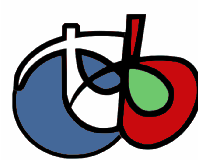 _________________________________________________________________________________________________________
_________________________________________________________________________________________________________
The ORFEO Tool Box Software Guide
Updated for OTB-6.6.1
e-mail: otb@cnes.fr
